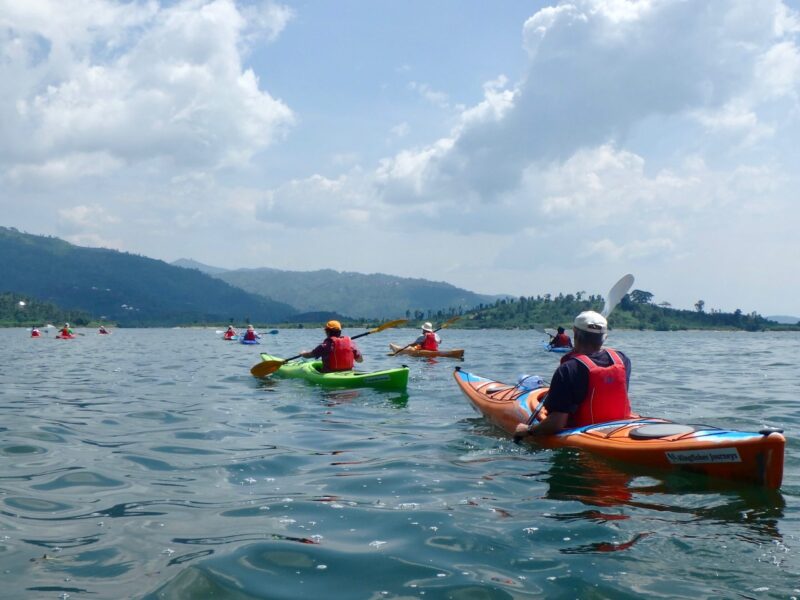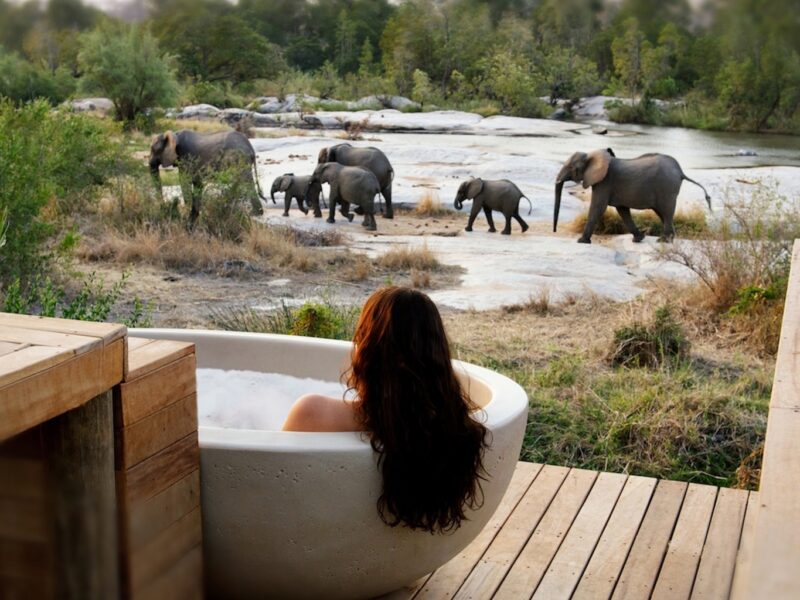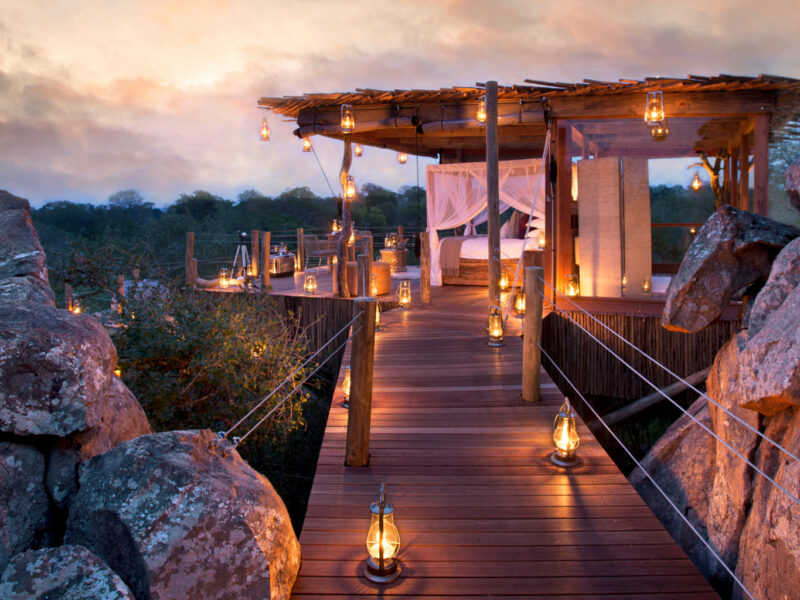When to Visit Rwanda: April
April is Rwanda at its most dramatic and introspective. As the heart of the long rainy season, it’s a month dominated by sweeping mists, rich green landscapes, and the soft patter of daily rain—an atmosphere that transforms the country into a living, breathing rainforest. While not ideal for all travelers, April offers a deeply immersive, off-the-beaten-path experience for those who value solitude, lush scenery, and the emotional depth of Rwanda’s remembrance season.
The Climate: Lush, Wet, and Atmospheric
April is the wettest month of the year in Rwanda, with rainfall peaking across all regions. Showers are frequent and can be heavy, especially in the afternoons and evenings. That said, mornings are often dry and beautifully misty, creating a cinematic feel as clouds roll through the hills and light filters softly through the trees.
Temperatures remain comfortable, generally between 24°C and 26°C (75–79°F), though the highlands and forests can feel cooler due to the rain and altitude. The rain brings with it a lush vitality—the hills glow emerald green, rivers and waterfalls run full, and the country’s already scenic landscapes take on a moody, romantic edge.
Gorilla Trekking: Challenging but Rewarding
April presents more difficult conditions for gorilla trekking in Volcanoes National Park. Trails become muddy and slippery, and hikers must be prepared for rain and cooler temperatures. However, the mountain gorillas remain accessible year-round, and during the rainy season, they tend to stay closer to the lower slopes, reducing the length and difficulty of some treks.
Fewer visitors also mean more availability and flexibility with permits, sometimes at lower rates during promotional low-season periods. And for those willing to brave the elements, the experience of seeing a gorilla family shrouded in mist and rain can feel intensely primal—intimate, raw, and unforgettable.
Nyungwe Forest: Alive with Rainforest Life
In Nyungwe Forest National Park, April offers the full force of the rainforest experience. The forest pulses with life—frogs sing louder, birds dart between glistening branches, and vibrant fungi and orchids emerge from the damp forest floor. Chimpanzee tracking is more difficult due to the mobility of the animals and the wet conditions, but the forest itself becomes a wonder to behold.
Hiking trails can be slippery and sometimes inaccessible during heavy downpours, but for travelers who appreciate nature in its wildest, most authentic state, April’s misty, moss-draped trails offer a haunting beauty you won’t find in drier months.
Reflective Moments on Lake Kivu
Lake Kivu is quieter during April. Rain may limit water activities, but the lakeside towns provide a cozy refuge—perfect for watching the storms roll across the hills with a cup of Rwandan coffee in hand. The backdrop of tea plantations and misty hills makes this a great time for peaceful reflection or creative work.
Travelers often use Lake Kivu as a scenic pause in their itinerary, and in April, its slower pace is especially soothing after more intense treks or emotionally significant visits in Kigali.
Genocide Memorial Season: A Time of Remembrance
Perhaps the most significant aspect of April in Rwanda is that it marks the national period of remembrance for the 1994 Genocide against the Tutsi. Kwibuka, meaning “to remember” in Kinyarwanda, begins on April 7th and lasts for 100 days, with memorial events held across the country. April is a time of deep national reflection, mourning, and resilience.
For visitors, attending remembrance ceremonies or visiting genocide memorials such as those in Kigali, Nyamata, and Murambi can be profoundly moving. This is not a typical tourist experience—it’s a solemn opportunity to honor history, understand Rwanda’s journey, and witness the strength and unity of its people today.
Travel Logistics and Considerations
Traveling in April requires flexibility and preparedness. Roads, especially in rural areas, may become muddy or washed out, and some hiking trails may be temporarily closed due to heavy rains. Waterproof gear is a must—good hiking boots, rain jackets, and protective covers for bags and electronics. It’s also wise to work with experienced guides and operators who understand how to navigate changing weather conditions.
The advantage of low-season travel is that many lodges offer discounted rates, and there’s less competition for accommodations and permits, giving you more personalized service and freedom to travel at your own rhythm.




